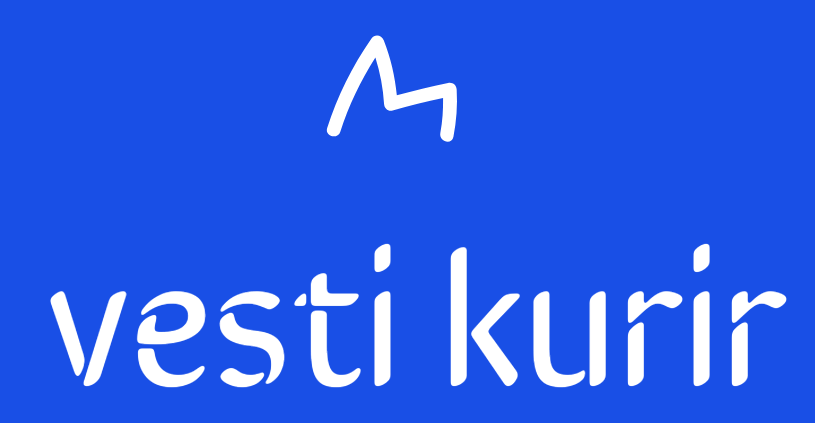Software development is a method of curating, evaluating, and sustaining application services and products that fulfil users’, clients’, and stakeholders’ expectations.
Software development methodologies are prototypes or structures that escort the development process, which describes the tech team’s execution, duties, activities, and output.
The vast software development industry is expected to reach a revenue of US$704.10 billion in 2024. The growth of the IT sector comes with the innovation of multiple frameworks for product building and the creation of numerous software development jobs. Each AI software development methodology has its own set of pros and cons.
What is Software Development Methodology?
This company process revolves around how the product will be created. Usually, all the steps are pre-defined for the cycle of software development. These methods are designed to improve and ease the development process. The methodologies allow the developers to choose one that perfectly aligns with the project’s needs. Organisations select the frameworks based on the following:
- Need of their project or product.
- Layout of the project.
- Approach to deploying the software
- Maintaining the software or product.
Software development methodologies are also an improved way of communication among developers.
The blog will discuss the five frequently used software development methodologies, which are stated below:
- Agile
- Waterfall
- Scrum
- DevOps
- Kanban
Agile
The capability to move faster and more efficiently is the literal meaning of Agile. The main distinctive feature of Agile is the ability to detect change rapidly. This methodology is popular because it regards:
- Collaboration
- Flexibility
- Customer satisfaction
Agile was developed to make changes quickly in the software.
| Pros | Cons |
| Rapid delivery | Requires excellent expertise |
| Prioritise customer satisfaction | Not compatible with complex and more extensive projects |
| Improved interaction between developers | Require extra resources for complex projects. |
| Accept changes in the final stages as well. | Demands for the projects usually need to be more precise. |
| Improved adaption | It is challenging to give estimated outcomes. |
Waterfall
This is the most traditional approach but utilises sequential and incremental approaches. This software development methodology consists of six steps, which include:
- Analysis
- Design
- Implementation
- Testing
- Deployment
- Maintenance
The most attractive feature of the waterfall is that it does not require any changes after the step is complete.
| Pros | Cons |
| Simple and easy framework | Requires excellent expertise |
| Good for smaller projects | Not good with larger projects |
| Each step needs proper documentation. | No interaction between the teams |
| Only one step at a time | Prolong development process |
| Requirements are clear | Not compatible with changing requirements |
Scrum
This software development methodology is lightweight and designed to work for agile. Scrum is a sub-category of the agile framework, which includes nothing new but incremental and iterative technology.
This framework divides the software development cycle into fixed-duration iterations, called sprints, which usually last one week to four. Each sprint consists of four phases:
- Planning: This phase initially sets the project’s goals.
- Daily Scrum Meeting: The team gathers for 15 minutes daily and discusses the progress and difficulties.
- Sprint Review: The team wires the clients’ deliveries in this phase. This usually involves a meeting of the Scrum team, the product owner, and the client.
- Sprint Retrospective: This phase provides feedback on the last sprint and identifies required improvements.
| Pros | Cons |
| Great for complex projects | Daily meetings disrupt the workflow. |
| Customer satisfaction is the goal. | Changes are not allowed in sprints. |
| More focus on value | Not compatible with the predictable projects |
| Better for versatile projects | Time-Consuming |
| Adaptable |
DevOps
The combination of development and operations is called DevOps. Its purpose is to
- Increase communication
- Enhance collaboration between both teams,
- Improve the efficiency of workflow,
- Frequent updates, and
- Quicker deliveries of the products to the clients.
| Pros | Cons |
| Rapid delivery of the projects | Not cost-effective. |
| Good utilisation of the resources | Challenging |
| Better customer satisfaction | No standardisation |
| Frequent updates and releases | Time-Consuming |
| Encourages collaboration | New methodology |
Kanban
Kanban is a practical framework for organising projects and improving workflows. The word is of Japanese origin and translates into “card” or “visual signal.” This AI software development methodology is similar to the whiteboard methods used in the learning. In this, a dedicated board consists of cards representing the planning of the different stages of the development process.
The board is categorised into:
- To do
- In progress
- Review
- Done
| Pros | Cons |
| Easier Implementation | Managing projects is difficult due to cross-collaboration |
| Shows transparency for improvements | Not sure about the deliveries |
| Quicker adaption to required changes | Not defined time thresholds |
| Better work policies | No defined roles |
| Smooth workflow | Responsibilities are not distributed. |
Conclusion
Ecommerce and other websites require dedicated software development methodologies. Only one procedure is not feasible for different kinds of projects or developers.
The blog discusses the five frequently used methodologies, including their pros and cons. Teams must review the frameworks and choose one that best suits their needs. When selecting software development methodologies, they must also consider difficulty, duration, size, scope, and client expectations.





